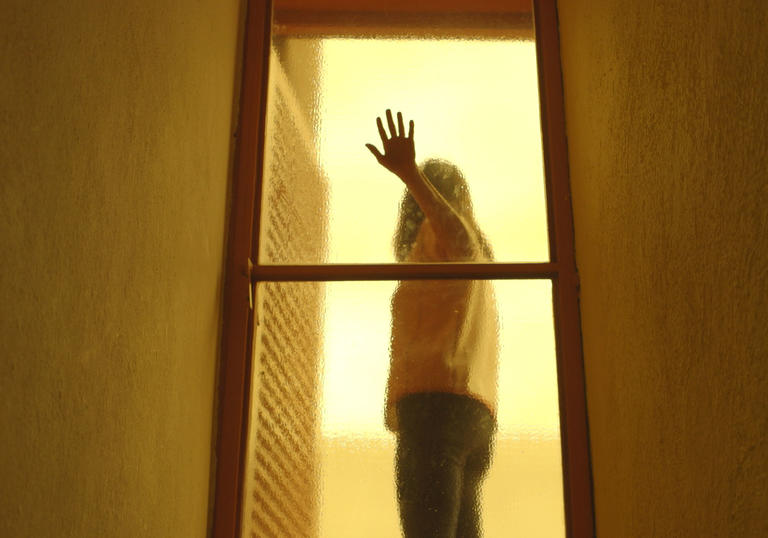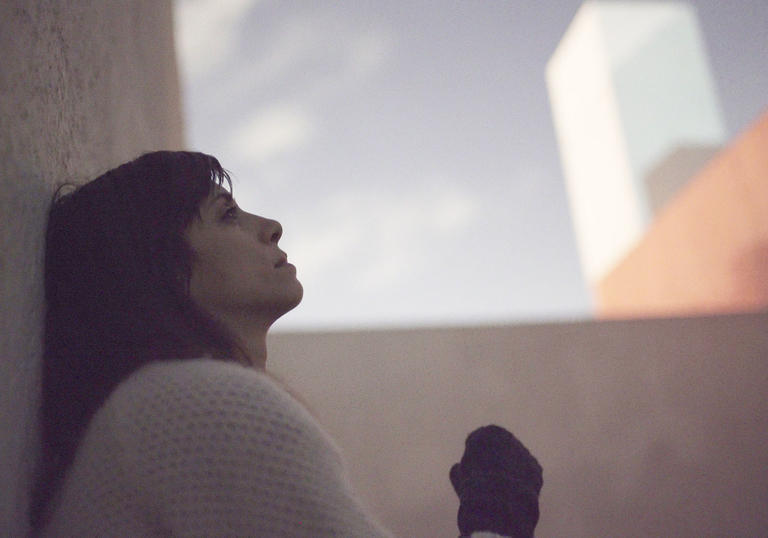When an architect or artist dies, they lose all agency. The last will—signed at a legal office, passed on as a letter to a friend, or whispered on the deathbed—is the only instrument that can help create a measure of agency beyond death. The disadvantage being that, as far as the deceased is concerned, there is little in the way of ensuring their wishes are met.
An architect or artist’s life is generally divided into three stages: One is the extent of the biological life, the period when the work is being produced and when the archive is under the control of the author, a living human being. The second begins at the point of death. According to the Berne Convention, this life is calculated as having a minimum duration of seventy years for legal copyright protection after the death of an author. Many countries have raised this figure to as much as seventy-five years, somehow aligning the life of a copyright with the average lifetime of a person. This time, which we could call the 'second life' of an artwork, is the time when the rights belong to the inheritors of the deceased. The 'third life' begins immediately after the end of the second and is in principle infinite. In the third life, the work is public property.
Trouble often begins after death. It is in the second life when most controversies to do with the benefits of artwork occur, when maneuvers, intrigue and power games play out. Trustees who initially aimed to protect and promote the work and reputation of the author sometimes begin to inhibit publications and exhibitions and make the works largely inaccessible to the public, essentially distorting and manipulating the author’s reception.
We are now entering an era of 'modernism’s third life'.The second life of an artist such as Hermann Muthesius (1927), Charles Rennie Mackintosh (1928), Lars Backer (1930), Adolf Loos (1933),Hans Poelzig (1936), or Bruno Taut (1938) ended recently. But we are bound to be engaged with controversies concerning the second lives of the postwar modernists.


